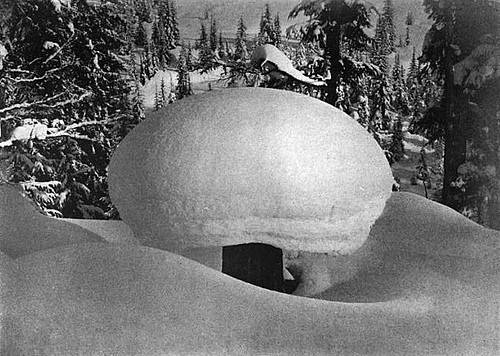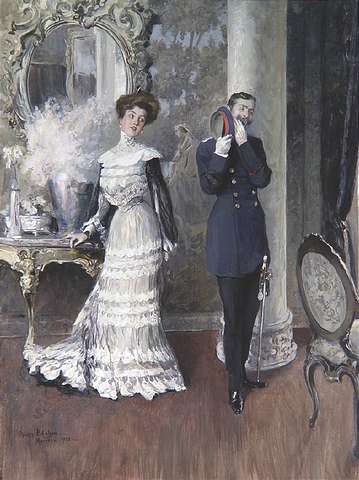In the decimal expansion of π:
- the digits 27182818 — the first eight digits of e — appear at position 1,526,800.
- the digits 14142135 — the first eight digits of the square root of 2 — appear at position 52,638.
- the first eight digits of π itself — 31415926 — reappear at position 50,366,472.
- 16470 appears at position 16470.
- there are seven 7s at position 3,346,228, eight 8s at position 46,663,520, and six 9s at position 762.
- The White House switchboard number (456-1414) is at position 3,193,808, the population of France (65,073,482) is at position 98,709,092, and Disneyland’s zip code (92802) is at position 41,112.
Write out the alphabet starting with J:
JKLMNOPQRSTUVWXYZABCDEFGHI
Erase all letters that have left-right symmetry (such as A) and count the letters in each of the five groups that remain. (James Davis)



